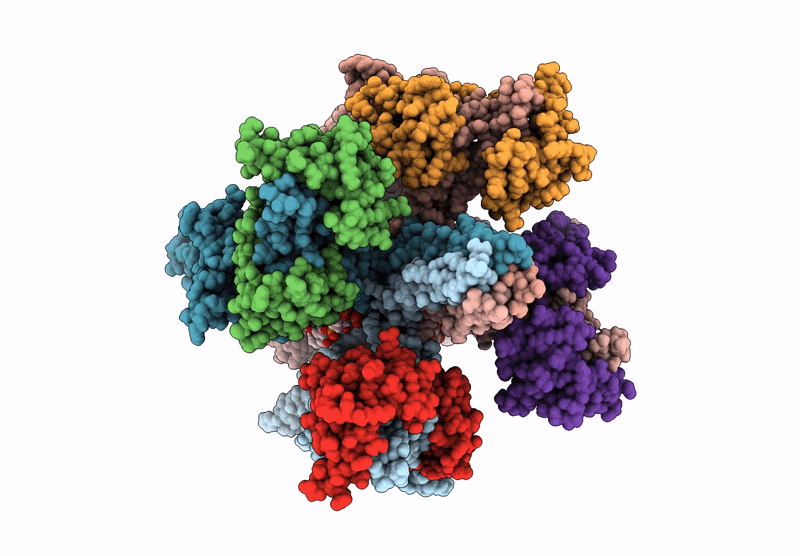
Deposition Date
2025-01-14
Release Date
2025-04-16
Last Version Date
2025-05-14
Entry Detail
PDB ID:
9LJ1
Keywords:
Title:
Human KCNQ5-CaM-PIP2-HN37 complex in a closed conformation.
Biological Source:
Source Organism:
Homo sapiens (Taxon ID: 9606)
Host Organism:
Method Details:
Experimental Method:
Resolution:
3.20 Å
Aggregation State:
PARTICLE
Reconstruction Method:
SINGLE PARTICLE


